Morphological Characteristics of the Dalmatian Dog
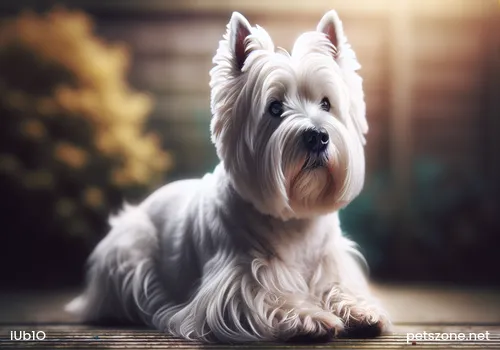
Dalmatian Dog (detailed introduction)
The ideal shoulder height of the Dalmatian dog is about 19-23 inches. Being too large or too small is considered a defect. Regardless of male or female, any dog with a shoulder height over 24 inches is disqualified. The overall length of the body (distance from the sternum to the rump) is roughly equal to the shoulder height. The Dalmatian has a good physique, with solid and strong bones, but never coarse.
Morphological Characteristics
Head: The Dalmatian's head is well proportioned with the overall body. It has the correct length and no loose skin.
Expression: The Dalmatian’s expression appears alert and intelligent, showing a steady and outgoing temperament. Eyes: Positioned slightly apart, medium-sized, somewhat round in shape, and correctly placed on the head. Eye color is usually brown or blue, or a combination of both. Darker color is preferable. Typically, the eyes of black-spotted dogs are darker than those of liver-spotted dogs. Abnormal eyelids or eyelashes (entropion, ectropion, or trichiasis) are serious faults. Lack of pigmentation around the eyes is also a serious fault.
Ears: Ears are medium-sized, with a slightly wide base (proportionate), gradually tapering, and slightly rounded tips. Positioned relatively high and close to the head, the ear texture is thin and delicate. When the Dalmatian is alert, the tops of the ears are level with the top of the head, the ear tips extending down to the cheekbone line.
Skull: The top of the head is flat, with a slight longitudinal depression in the middle. The width and length of the skull are equal.
Stop: The stop is moderately distinct. The cheeks blend smoothly into the strong muzzle.
Muzzle: The muzzle’s profile is parallel to the skull’s profile, with length roughly equal to the skull.
Nose: The nose pigment is sufficient; black-spotted dogs have black noses; liver-spotted dogs have liver-colored noses. Insufficient nose pigmentation (partially or entirely flesh-colored noses) is a serious fault.
Lips: Clean and tightly closed.
Bite: Scissor bite. Overshot or undershot bite leads to disqualification.
Neck: Gracefully curved, fairly long, without excess skin, smoothly blending into the shoulders.
Backline: Smooth.
Chest: Deep, with a large chest volume and moderate width. The ribs are well supported but not barrel-shaped. The chest extends to the elbows. The chest bottom forms a graceful curve, moderately rising toward the rear of the body.
Back: Level and strong.
Loins: Short, muscular, and slightly arched. The waist tuck-up is quite narrow throughout.
Rump: Almost level relative to the back.
Tail: A natural extension of the topline. The position should not be too low. The root is thick, gradually thinning toward the tip, extending to the hock. The tail must never be docked. The carriage is a slightly upward-curved line but must never curl over the back. Ring tails or tails set too low are faults.
Shoulders: Muscular, smoothly sloping backwards.
Upper arm: The length of the upper arm bone is roughly equal to the length of the shoulder blade, joined at a sufficient angle, so the paw is positioned just below the shoulder blade. Elbows: Close to the body.
Forelegs: Straight, sturdy, and strong-boned.
Carpus: Slightly angled, showing flexibility.
Hindquarters: Very powerful, with smooth but very distinct muscles.
Stifle joint: Well bent.
Hock: Positioned low. When the Dalmatian stands, viewed from behind, the rear legs from the hock to the paws are parallel. Cow hocks are a serious defect.
Paws: Very important. Both front and rear paws are round and compact, with thick and elastic pads, and arched toes. Flat feet are a serious fault. Black-spotted dogs have black and/or white nails; liver-spotted dogs have liver-colored and/or white nails. Dewclaws may be removed.
Coat: The coat is short, dense, fine, and close-fitting. It is neither woolly nor silky. The coat appearance is smooth, glossy, and healthy.
Color and Pattern: Color, pattern, and overall appearance are key factors in evaluation. The base color is pure white. Black-spotted dogs have intense black spots. Liver-spotted dogs have liver-colored spots. Besides these, any other coat colors are disqualifications.
Spots: Spots are round and clear; the clearer, the better. Spot size is appropriate and evenly distributed. Spots without blending are preferred. Usually, spots on the head, legs, and tail are smaller than those on the body. Spots on the ears are preferable. Tricolor (rare in this breed) is disqualified. Brown markings found on the head, neck, chest, legs, and tail of black or liver-spotted dogs do not represent tricolor. Bronzed black spots, faded or darkened liver spots caused by environmental effects or normal coat changes are not tricolor.
Blocks of Color: Blocks are disqualifications. Blocks refer to large patches of pure black or liver-colored hair without white coat. They cover a larger area than normal spots. Blocks are dense, brightly colored, and sharply defined with smooth edges. Large color areas made up of many merged or overlapping spots are not blocks. These areas show many individual spots with rough edges and/or white hair within.
Gait: Balanced front and rear angles, combined with powerful muscles and good condition, result in smooth and efficient movement. Strong drive from the hindquarters coordinates with full extension of the forequarters. The topline remains level. Elbows, hocks, and paws neither turn inward nor outward. As running speed increases, the gait tends toward a single track.
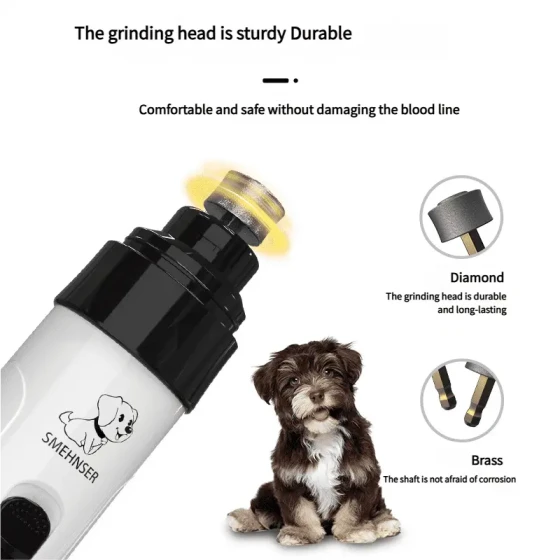
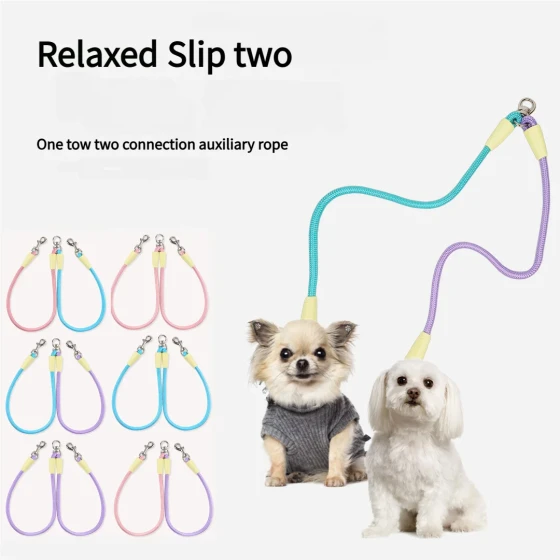
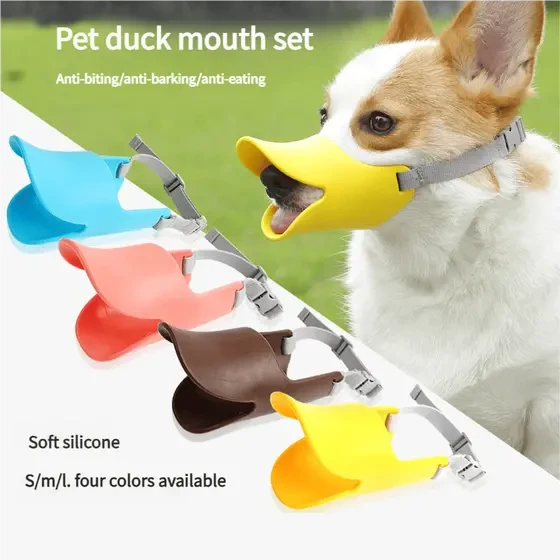

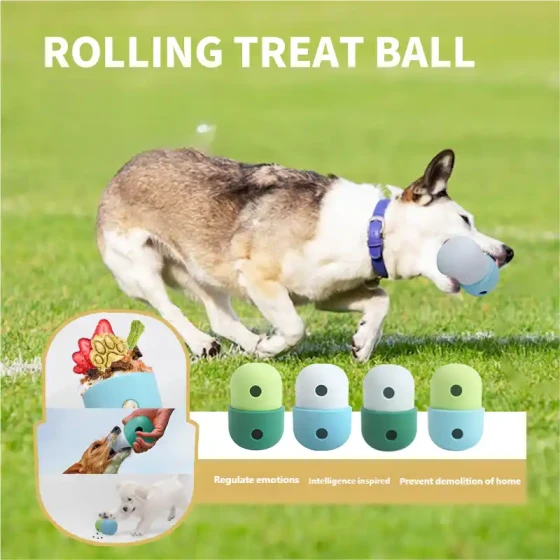
-560x560.webp)